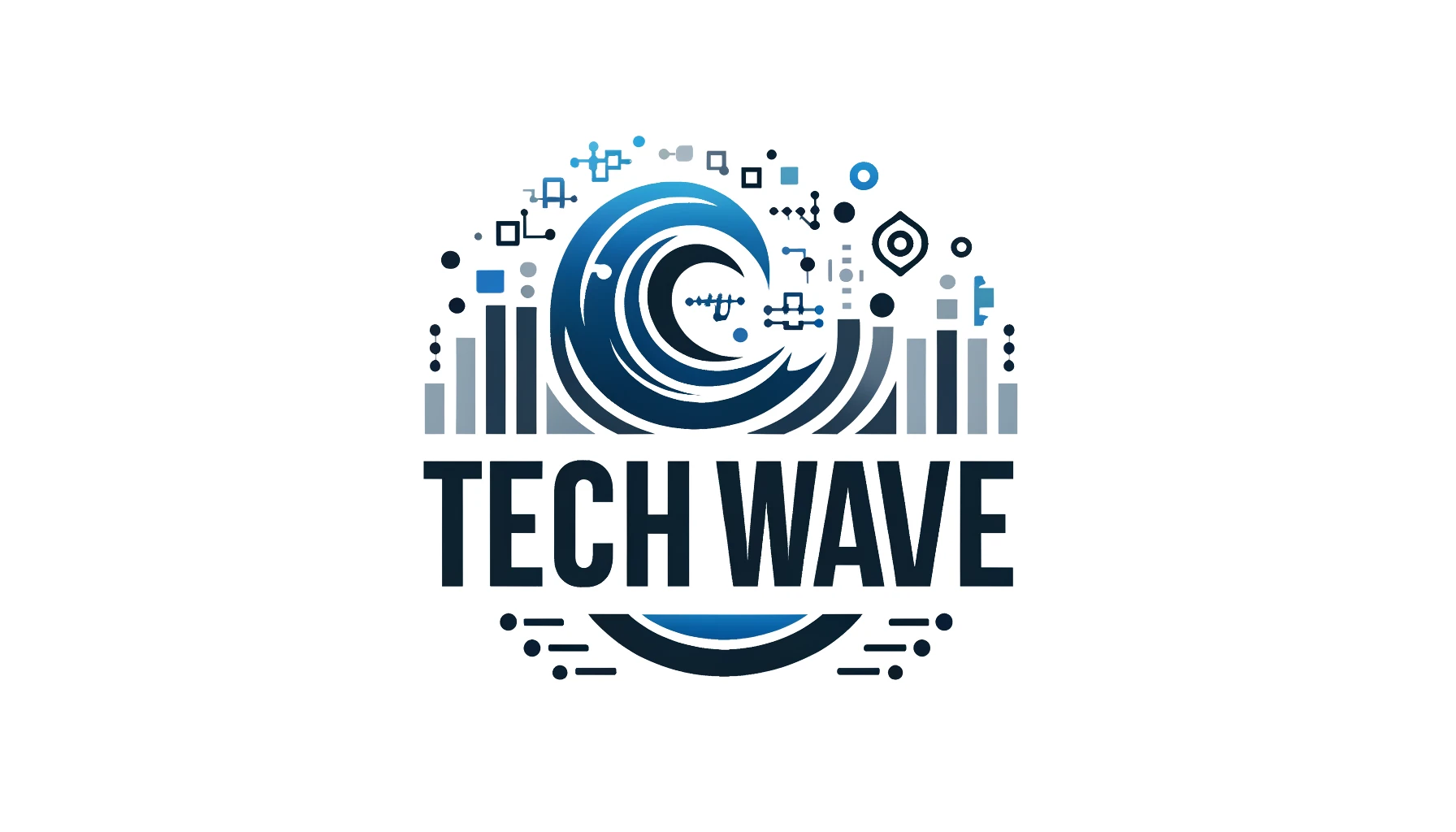7 Things to do when you have £1,500+ in your bank
In an era where financial independence and savvy investment decisions are valued more than ever, understanding where and how to grow your money has become a crucial skill. Wealthy individuals are no longer relying solely on traditional savings accounts; they are exploring innovative platforms to make their money work harder. If you find yourself with £1,500 or more in your bank account, now might be the perfect time to consider stepping into the world of investment. Here’s what wealthy people are doing with their money right now, along with seven actionable steps you can take to make the most of your financial resources.
1. Diversification is Key Wealthy individuals understand the importance of diversifying their investments. They are spreading their money across various asset classes, such as stocks, bonds, and real estate. This strategy helps mitigate risk and increases the potential for higher returns.
2. Exploring Alternative Investments Wealthy individuals are looking beyond traditional investments to explore alternative options. One such avenue is Real Estate Investment Trusts (REITs), which allow you to invest in real estate without owning a physical property. This strategy offers the potential for substantial gains and consistent dividends.
3. Educating Themselves Wealthy people stay informed about financial markets and investment opportunities. They regularly read books and resources to enhance their understanding of different investment vehicles. One valuable recommendation is “REIT Investing for Beginners: How to Get Rich in Real Estate Without Owning A Single Physical Property + Beat Inflation with Consistent 9% Dividends” by Freeman Publications.
4. Long-Term Vision Wealthy individuals adopt a long-term perspective when it comes to investing. They recognize that financial success doesn’t happen overnight and are willing to let their investments grow over time.
5. Seeking Expert Advice They aren’t afraid to seek advice from financial advisors or experts in the field. Consulting professionals can help align your investment strategies with your financial goals.
6. Taking Advantage of Tax Benefits Wealthy individuals are savvy when it comes to tax planning. They are aware of tax-efficient investment strategies that help minimize their tax liability and maximize their overall returns.
7. Staying Disciplined Successful investors exhibit discipline. They stick to their investment strategies and avoid making impulsive decisions based on market fluctuations.
Putting it All Together If you have £1,500 or more in your bank account, you’re in a position to begin your investment journey. Consider diversifying your portfolio, exploring alternative investments like REITs, and educating yourself about various investment options. One recommended resource is “REIT Investing for Beginners” by Freeman Publications, which can provide you with insights into generating wealth through real estate investments.
Remember, the path to financial success requires patience, dedication, and informed decision-making. By adopting the strategies employed by wealthy individuals, you can embark on a journey to grow your money and secure your financial future.






